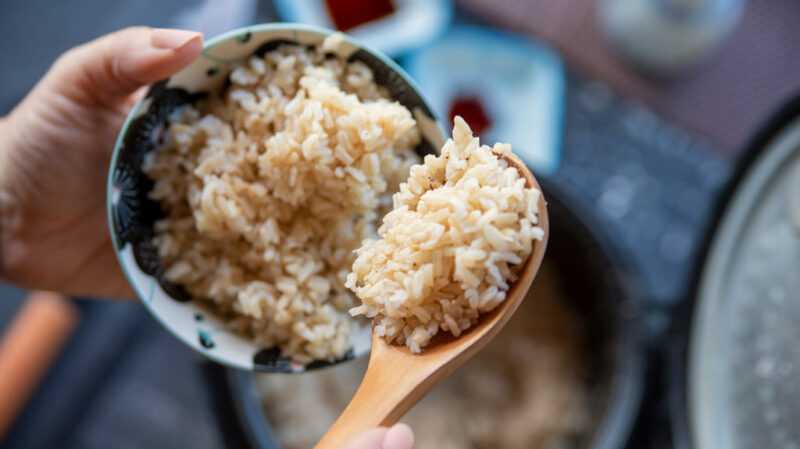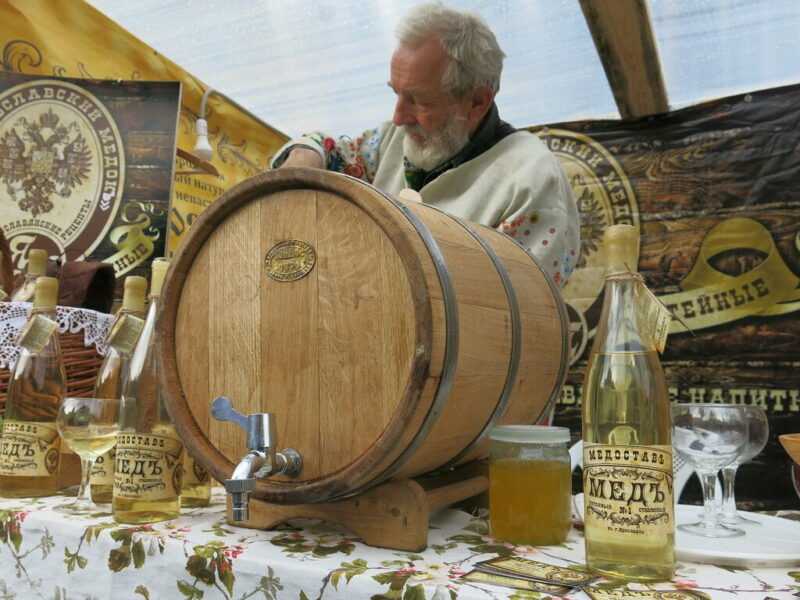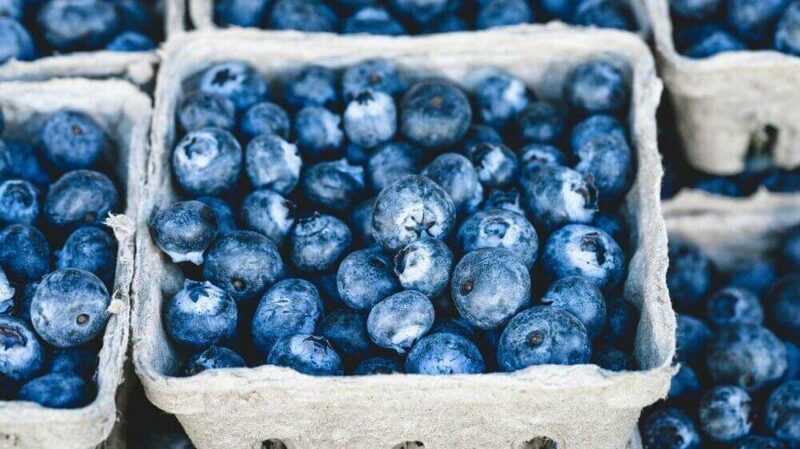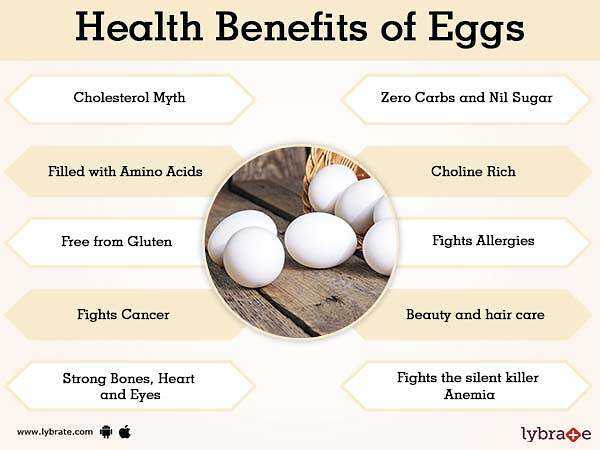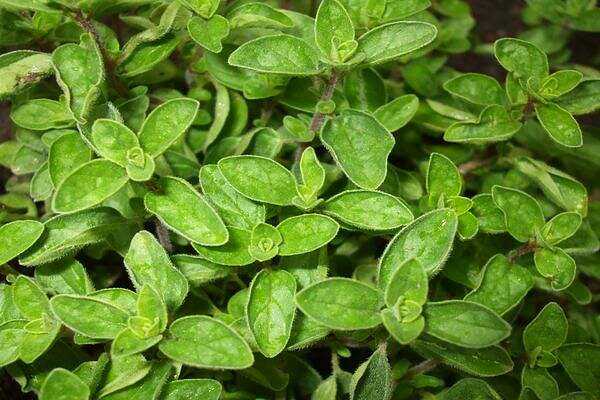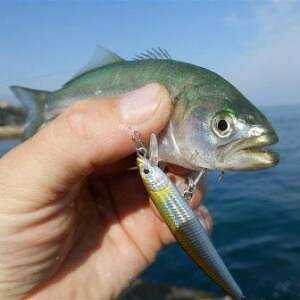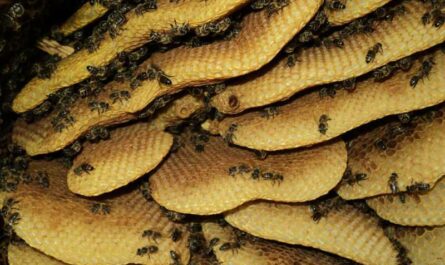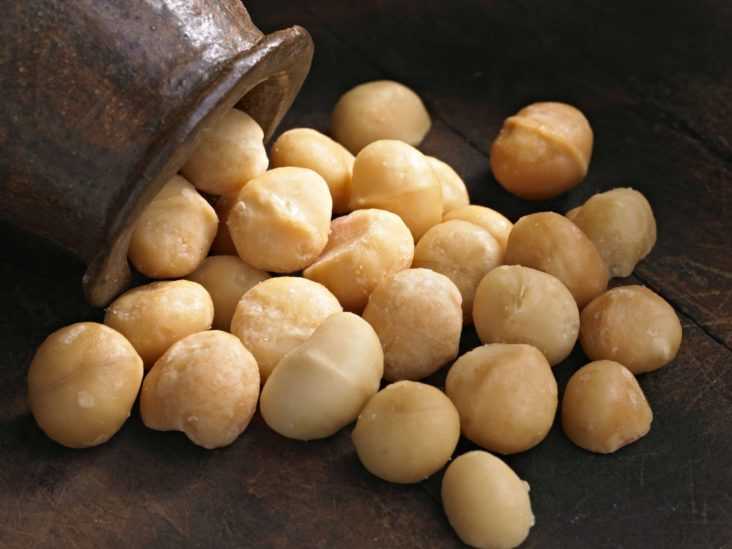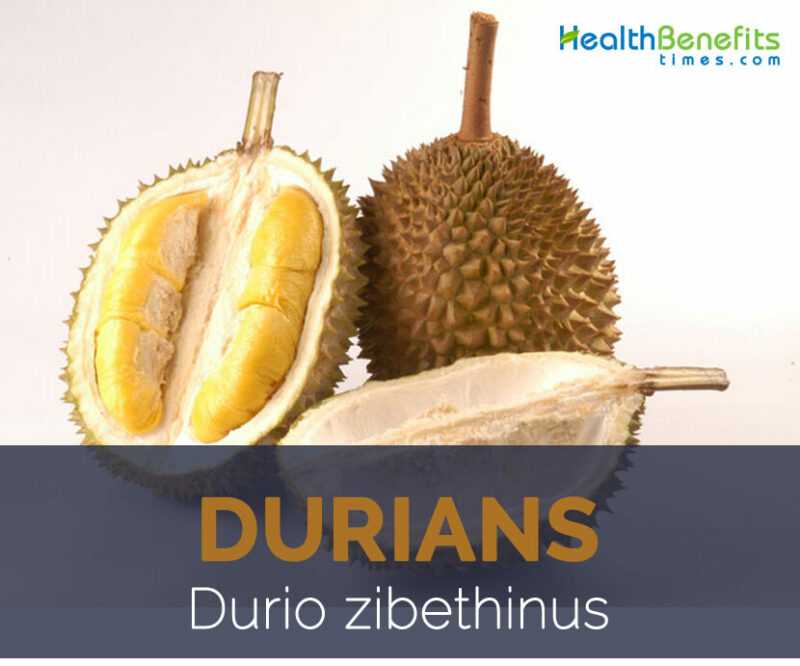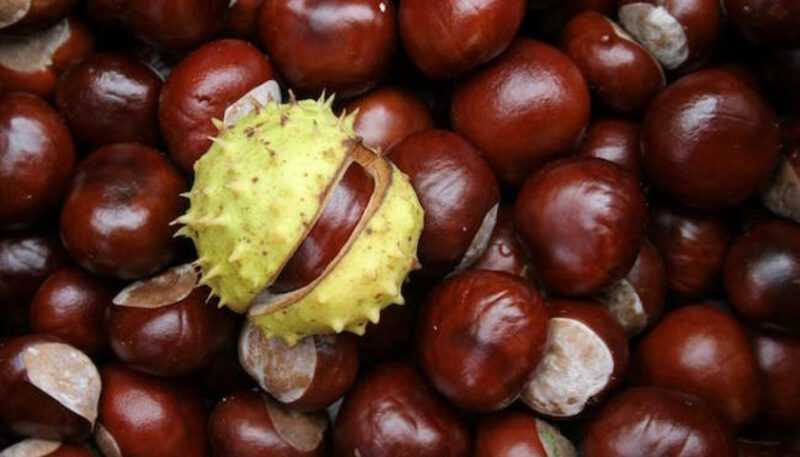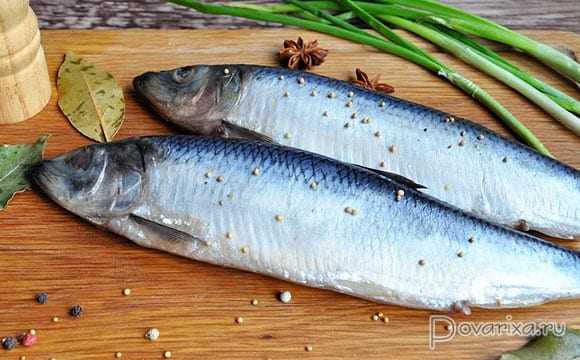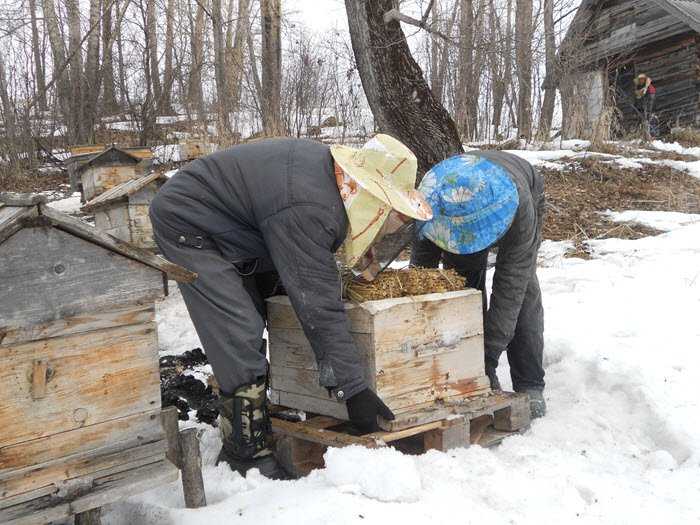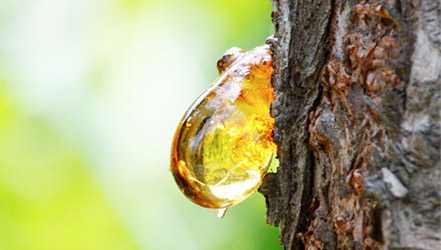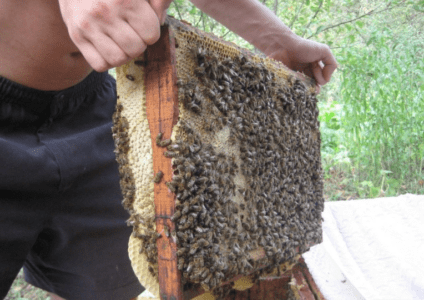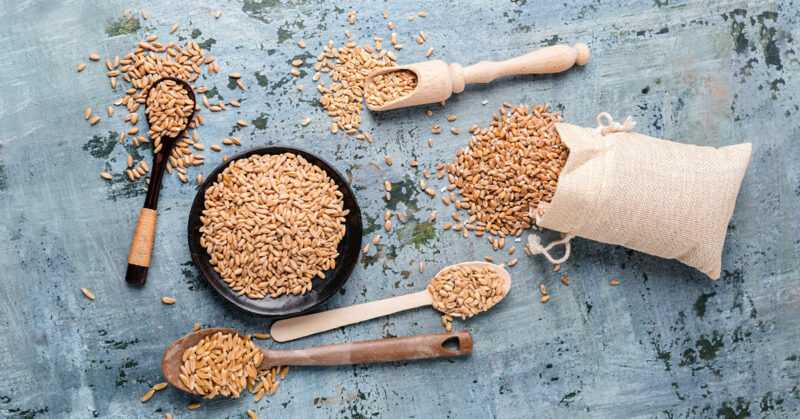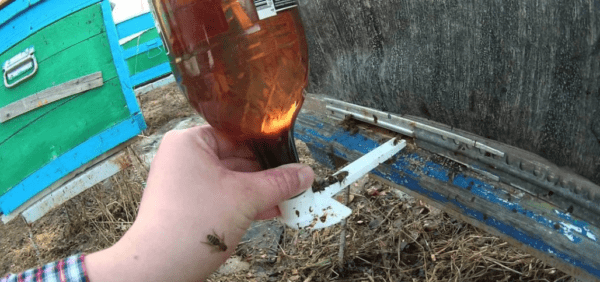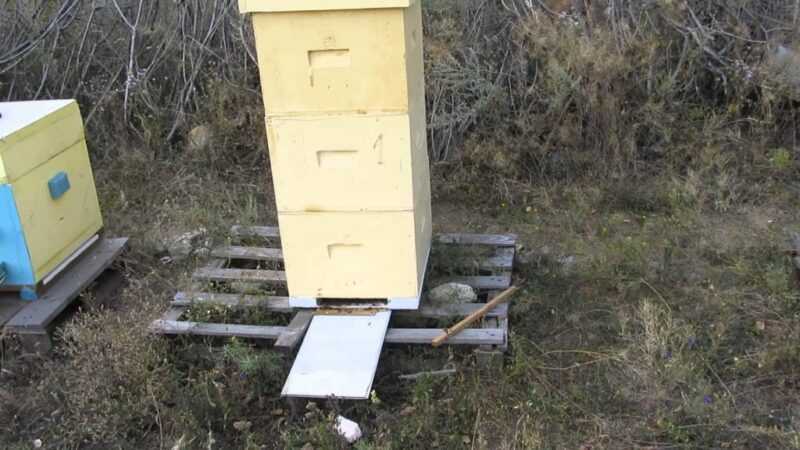Evergreen tree 15-20 m high with ovoid or
elliptical leathery leaves. The flowers are small, white.
Sapodilla fruits are round or oval, 5-10 cm in diameter,
with 10-12 black hard seeds and juicy yellow-brown
sweet pulp.
Sapodilla belongs to the Sapotov family; comes
from tropical regions of America, in the wild it is found
throughout Central America from Venezuela
and Colombia in the south to Mexico in the north. Cultivated
in many countries of the tropical zone of America and Asia
(India, Sri Lanka, Philippines, USA (Hawaii), Indonesia,
some regions of Africa, etc.).
Sapodilla should be consumed no later than a
couple of days after purchase, since after this
period the fruit changes its smell dramatically. This fruit is recommended to be
eaten only when it is ripe, since unripe fruit
contains tannin and milk latex, and these substances are not
very pleasant to the taste.
Choose whole-skinned fruits that are slightly
soft to the touch . Only consume sapodilla when ripe.
Peel the fruit from the skin and give the pulp some
unusual shape, or simply cut the fruit lengthwise with a knife
into four parts. Remember to remove the seeds. It is
recommended to store sapodilla in the refrigerator for no more than five to seven
days, or, if the fruit is still unripe, up to six weeks.
Useful properties of sapodilla
Fresh sapodilla contains (in 100 g):
Calories 83 Kcal
Vitamin C 14.7 Potassium, K 193 Vitamin B5 0.252 Calcium, Ca 21 Vitamin
B3 0.2 Magnesium, Mg 12 Vitamin
B6 0.037 Phosphorus,
P 12 Vitamin
B2 0.02 Sodium,
On 12
Full composition
Sapodilla fruits contain 75-85% water, up to 23% carbohydrates,
0.6% proteins, 1.0% fats, 0.5% ash, 20% crude fiber, the
calorie content of the fruit is 70 kcal / 100 g. Sapodilla is rich in vitamins
A and C,
vegetable proteins, carbohydrates, iron,
potassium and calcium.
The fruits are used fresh and for the production of halva,
jams, marmalades and other products.
The flowers are white or reddish, small, bisexual, formed
in the axils of the leaves at the ends of the branches. The living tissues of the
tree contain milky sap (latex), which is
25-50% vegetable rubber. This rubber is used to make
chewing gum by adding sugar, fruit
juices, spices and oil. There are
sapodilla plantations in Mexico for the production of rubber.
Milky sap is collected from notches made with a hatchet
on the bark of the trunk and branches.
Sapodilla has mycoseptic, anti-inflammatory,
regenerating, nourishing, moisturizing properties.
In cosmetics, sapodilla oil is used:
- for regular care of normal and oily skin of the face
and body of adults and children; - for problem skin prone to dermatitis
- to prevent irritation, itching and flaking of the skin
- as an additional remedy for dermatitis, including
seborrheic - to strengthen hair, especially dry and brittle hair
- in the complex treatment of fungal skin lesions
- for the care of reddened eyelids
- Recommended for dry skin, especially in
areas with lime water or in difficult weather conditions. - helps with burns
- evens out skin color.
Sapote oil can be used in the form of applications, masks,
lubricants in pure form and in a mixture with other oils,
as a base oil for creating compositions with essential
oils, for preparing massage and cosmetic
mixtures, for enriching ready-made cosmetics: creams,
masks, shampoos, balms.
It is most shown to use sapote oil in combination
with burdock oil in a 1: 1 ratio. The mask is applied for
30min.
Dangerous properties of sapodilla
The contraindications for this fruit are still unknown, but there are categories of
people who should be careful with exotic
products, these are people suffering from allergies
and chronic diseases.
Due to the high content of sugars in sapodilla, patients with sugar
diabetes
should consume it in doses. For the same reason, this is not the most
suitable product for losing weight.
The fruits of this fruit should be consumed no later than two
days after purchase. Otherwise, their smell and taste may deteriorate.
It is also noted that sapodilla can only be eaten when it is
fully ripe, since the unripe product contains milk
latex and tannin,
which have an unpleasant taste.
This video shows various Thai fruits, including sapodilla.
Those who want to know about the most beneficial properties of most of them should definitely watch it.



